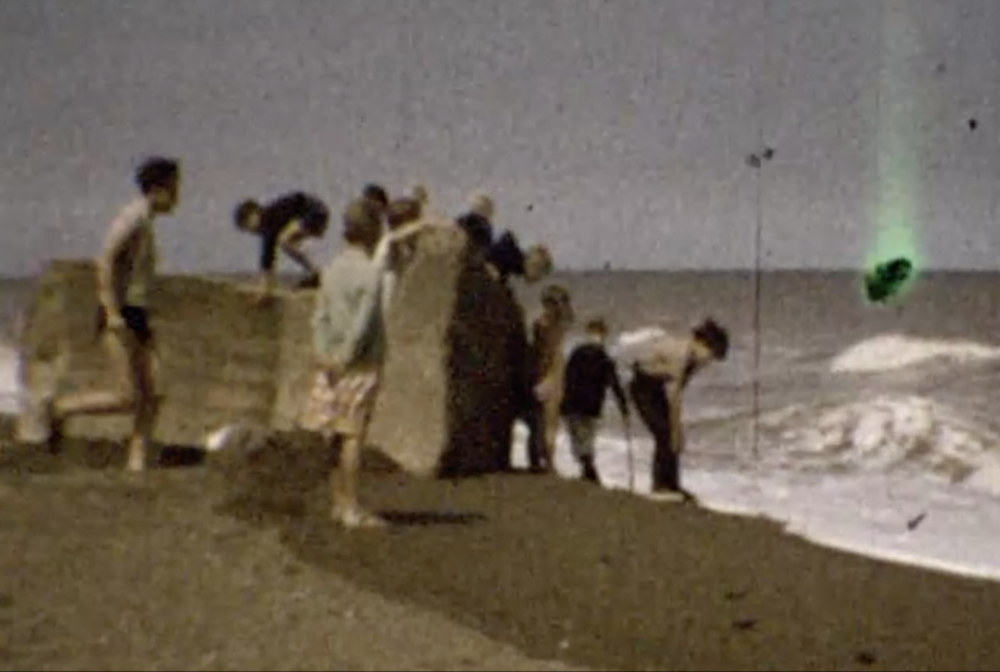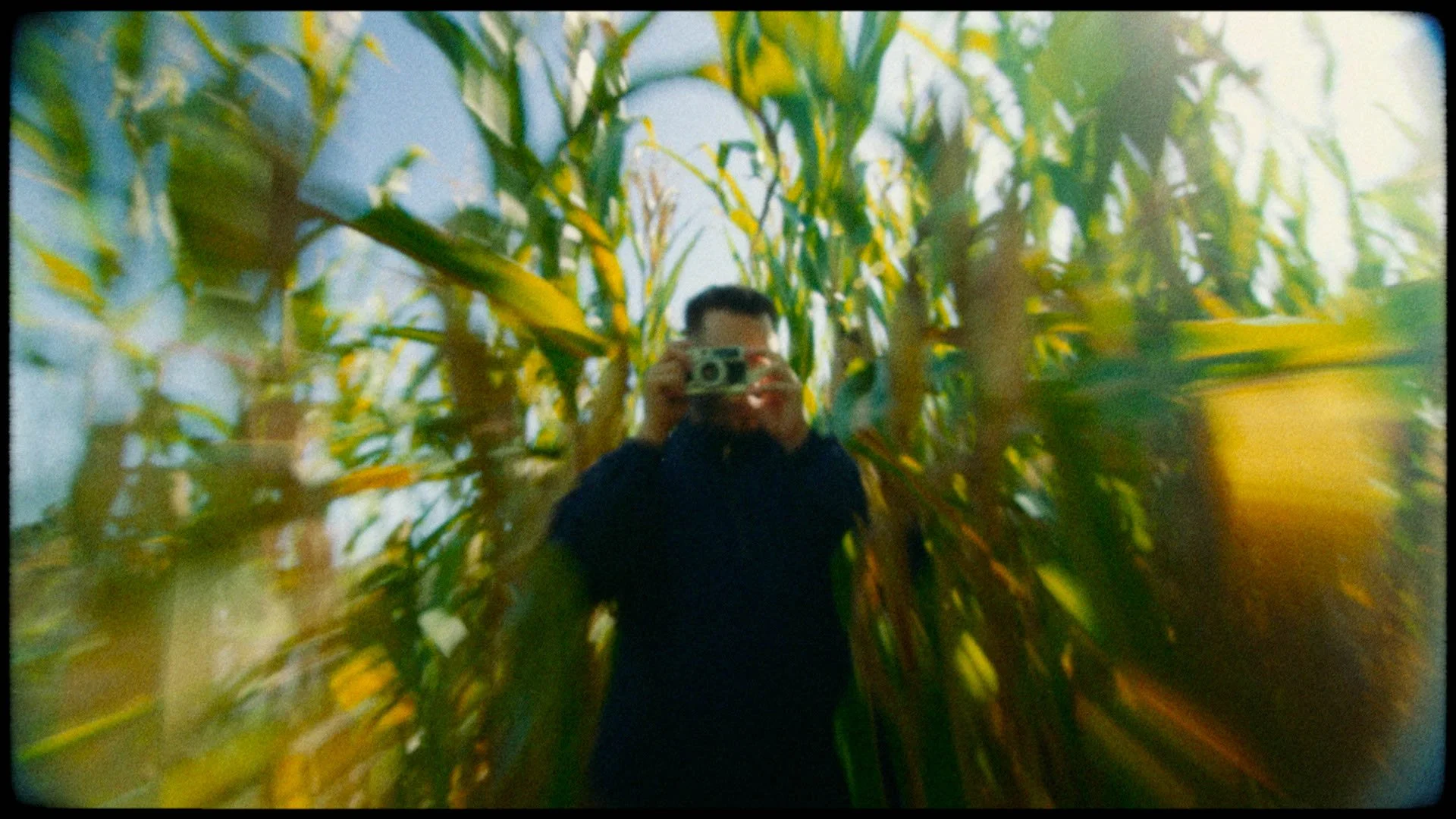Load Cycle
Directed by DANIEL MARTINEZ-QUINTANILLA PEREZ
Peru, 2020
Documentary, Experimental
A visual trance of jungle resources moving to the mainland.
Read our interview with Daniel below to learn more about the film.
DANIEL MARTINEZ-QUINTANILLA PEREZ
Member of KINOMADA
Learn More
Est. Reading Time: 5 Minutes
On The ‘Chaucheros’ (Longshoremen)
M How much time did you spend filming the longshoremen? And importantly, how did it influence your approach to creating the film's visual style?
D This short film was made in a seven-day creation lab called ‘Kinomada’. It was made too quickly and just took three days to be produced, with few minimal resources added later. The film was the result of collective work with Mariano, Arsenio, Bladimir, Julio and Carolina as well as the support of Janick and the Kinomada team.
I could consider it to be one of the fastest documentaries I have produced so far, from a personal visual research and experimental point of view. Working with resources recorded by Arsenio, I could say the work flowed by itself, without any prior idea and decisions were taken as we worked on it. The documentary was definitely not a conventional structural process, there was not a script, we only had an idea and one location, and all the composition decisions were made after shooting. We focused on playing around with harsh images, slow motion and sound. During shooting, the light varied a lot, the angles were difficult to manage as there was a lot of motion and therefore no chance to repeat any scene. So we decided to incorporate slow motion because it added dramatic ambience and I honestly wanted to try that setting in my new camera.
D We went to the port for three days, spending a couple hours there on each day. The first day to research the area and the next two days with a ‘chauchero’ local contact who told us about the cargo boats arriving. In terms of the shooting process, we adapted to the context as we had no control over anything happening around us and did not know what could happen next - it was grubby, bogged down, full of people, dangerous at some points, we were practically hunting moments and scenes. We tried to immerse ourselves as much as we could, and this experience determined our visual style. It was a lot of improvisation because we were in a hostile environment with hostile lighting, our heads were in danger so I could not properly think about visual references when shooting footage.
On Editing
M Have any films and filmmakers particularly influenced your editing style? If so, what and who?
D The film production was a collective work that was borne in an international creation lab. The influence therefore came from the expression of every single partaker in our team, exposing myself to see what is happening in a more spontaneous process. The short time forced us to make prompt decisions since we were in an intensive workshop with deadlines. The time pressure did not impact our visual style but more so the production process.
D I was also influenced by my desire to create community, or spaces of collective work where all the decisions are not taken by the film director only, and where there is no script. The style is influenced by previous projects I have worked on and what I have seen. Slow motion is very usual in my creations, framing is usually based on detail shots.
Once we finished video editing, we figured out many more influences on our visual style, consciously and unconsciously. Some festivals have said that we were influenced by Man with a Movie Camera (1929) but that was not a conscious influence. We were indeed influenced by the methodology employed on documentaries, working with slow motion, close-up frames and detail shots, more often used on publicity and social network marketing. We were focused on expressions in detail shots, and blurred backgrounds which is very trendy nowadays. Anyhow, I am very thankful to all the cult critics but I cannot deny it was a spontaneous and experimental process.
On Process & Discovery
M In making and finishing the film, what did you discover and learn that you might adopt or further explore in future projects?
D I understand filmmaking as a process of constant learning so most of the projects I engage in are mainly motivated by my desire to learn. I love to tell stories but if it is not a story that will leave me a lesson, I usually don’t get involved.
This project was a very enriching experience - learning about the way Port of Masusa works, the history of the amazon rainforest and its exploitation caused by foreigners. To somehow co-exist in this port reinforced all my readings and what I knew about it - the wilderness, brutality, huge amount of legal and illegal loads passing through and the capability of being spontaneous, My film is just like that place - improvised and without structure. It’s a place for stranded boats, if an accident happens there’s no proper safety protocols, the cargo boats arrive and depart whenever they want. The other side allows us to understand the lifestyle of these people, not only about the longshoremen, but also the crew members, how their lives are constantly furrowing up and down the amazon river, the myths, fears and schedules - all we learned while shooting came from the people there.
To work with such a professional sound engineer, composer, creator of sonorous atmosphere was a great opportunity because it allowed me to work on the cut based on the pacing, not based on a script or music, but on sonorous sequence with a purpose. Those are my rhythmic and sonorous learnings.
The founder of Hommage, Mark Shaba published this interview on 15.03.2022. Mark is a filmmaker from Victoria, Australia. He respectfully acknowledges the past and present traditional owners of the land on which he creates, promotes and screens art, the Wurundjeri people of the Kulin nation who are the custodians.


















